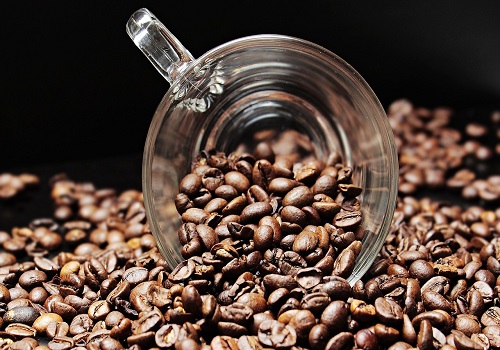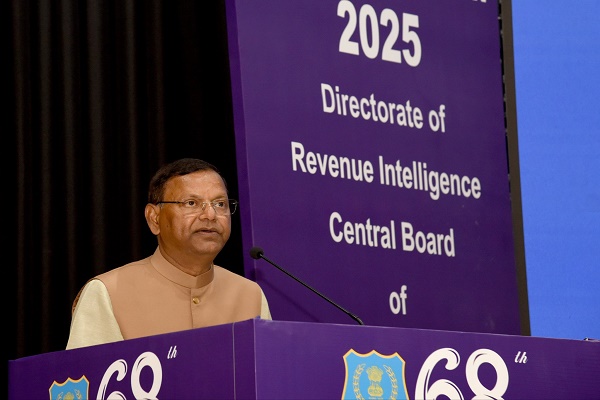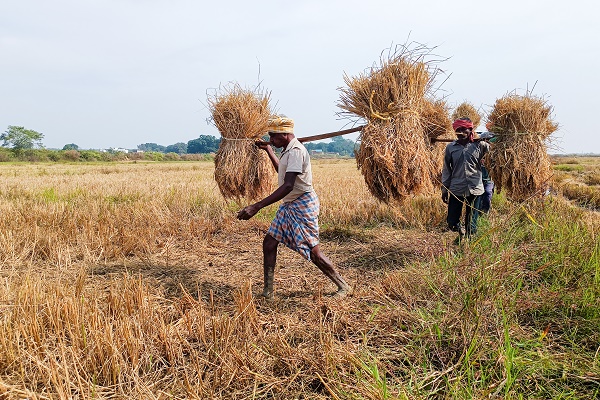Storm Clouds Brew Over India`s Coffee Fields: Unseasonal Rains Cast Shadow on Record Prices by Amit Gupta Kedia Advisory

Storm Clouds Brew Over India's Coffee Fields: Unseasonal Rains Cast Shadow on Record Prices
Unforeseen rains in Karnataka and Kerala threaten India's coffee industry, delaying harvests and impacting both current yields and the outlook for next year. Despite robusta prices reaching new heights, the double blow of adverse weather and labor shortages poses challenges, leaving coffee growers grappling with uncertainties and potential quality issues.
Highlights
Impact of Unseasonal Rains: Unseasonal rains in Karnataka and Kerala are likely to have a negative impact on coffee growers. The rains have delayed harvesting and drying of coffees, affecting both the current crop and the prospects for next year's robusta crop.
Concerns for Arabica Harvest: The arabica harvest is not yet complete, and the rains are expected to cause the harvested beans to be on the ground. Bean splitting and dropping in arabicas may occur, further affecting the crop.
Early Blossoms in Robusta Areas: The unseasonal rains may trigger early blossoms in 20-25% of the robusta areas. This could impact the harvest, as coffee cannot be picked when it starts flowering. Additionally, without proper backing showers, next year's crop prospects may be hurt.
Widespread Impact: The adverse weather conditions have been widespread across coffee-producing districts such as Kodagu, Chikkamagaluru, Hassan, and Wayanad.
Crop Impact: Around 20% of the arabicas crop and 35-40% of robustas in Kodagu have been impacted. The situation is described as a double whammy for growers, as both the current and next year's crops are affected.
Labour Shortage: In addition to weather challenges, growers are facing a labor shortage, compounding the difficulties faced by the coffee industry.
Effect on Prices: Despite robusta prices being at near-record levels, growers may not be able to take full advantage due to the unfavorable weather conditions affecting the crop.
Price Trends: Robusta parchment prices for the new crop are up by 32% compared to the previous year, while robusta cherry prices have increased by 57%. Arabica prices remain stable.
Disruption in Drying Process: The unseasonal rains have disrupted the harvest and drying process, leading to concerns about the potential discolouration of the coffee that is lying on drying yards.
Unique Quality and Taste: Indian coffees, which are grown under the shade of other trees, are largely dried under the sun, contributing to their unique quality and taste.
Crop Estimates: The Coffee Board estimates the 2023-24 crop at 3.74 lakh tonnes, comprising 2.61 lakh tonnes of robusta and 1.13 lakh tonnes of arabicas, in its post-monsoon assessment.
Conclusion
As unseasonal rains disrupt the coffee landscape in key districts, concerns loom over the quantity and quality of the harvest, with arabica and robusta crops facing significant setbacks. The clash of weather challenges and a labor crunch adds complexity to an already intricate situation. While current prices soar, the full advantage remains elusive for growers, underscoring the vulnerability of the coffee sector to unpredictable weather patterns and external factors. As the industry navigates these stormy conditions, the resilience and adaptability of coffee farmers become crucial for weathering the challenges ahead.
Above views are of the author and not of the website kindly read disclaimer
























